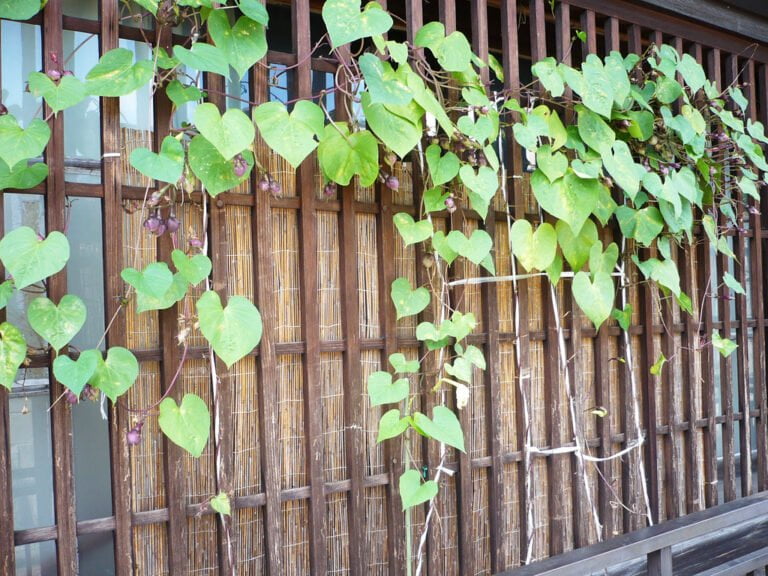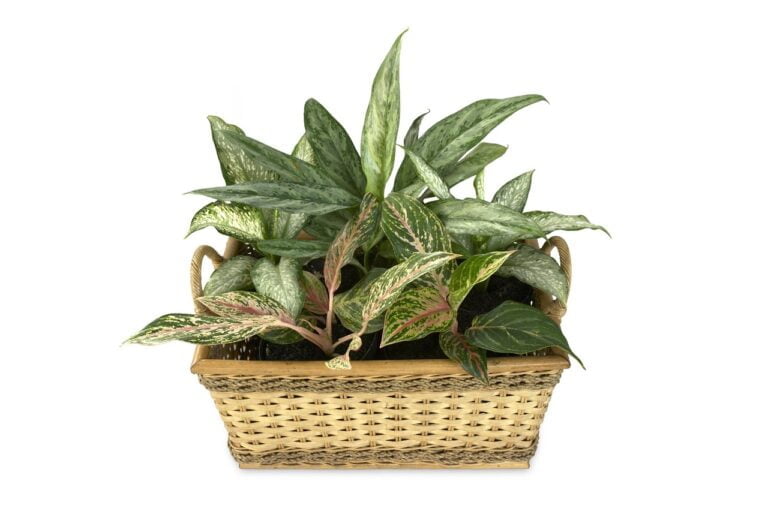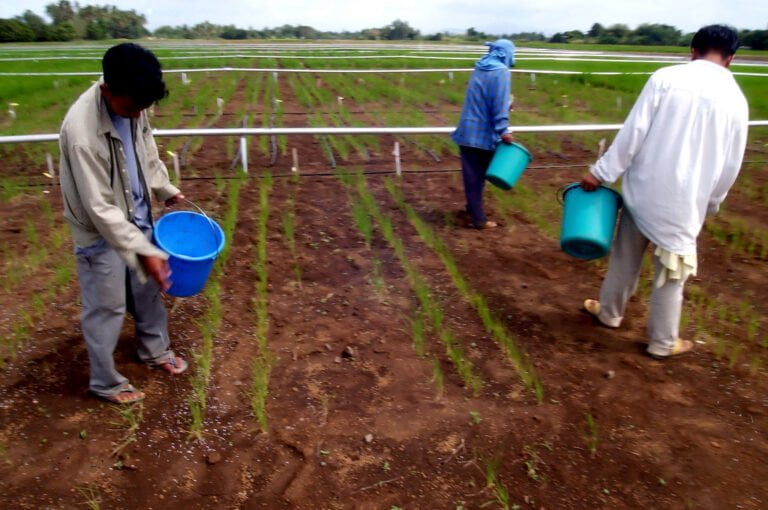A Comprehensive Guide to Safely Removing Palm Trees
If you find yourself needing to remove a palm tree from your property, you've come to the right place. This comprehensive guide will walk you through the process step by step, ensuring that you can safely and effectively remove the tree without any hassle. From assessing the tree's condition to lifting and transporting it, we've got you covered. So grab your tools, follow our expert advice, and say goodbye to that unwanted palm tree once and for all.
Assessing the Palm Tree's Condition
Assess the overall condition of the palm tree before proceeding with its removal. This step is crucial in ensuring a safe and successful removal process. Start by examining the trunk for any signs of decay or damage. Look for cracks, splits, or any other structural weaknesses that could pose a risk during removal. Inspect the fronds for discoloration, wilting, or signs of disease. Check for any signs of pests or infestations, such as holes or webs. It is also important to evaluate the root system. Look for any signs of root rot or instability. Additionally, consider the tree's proximity to surrounding structures, such as buildings or power lines. By thoroughly assessing the palm tree's condition, you will be able to determine the best approach for its safe removal.
Gathering the Necessary Tools and Equipment
To efficiently gather the necessary tools and equipment for palm tree removal, prioritize the acquisition of essential items that will facilitate a safe and successful process. Start by obtaining a sturdy ladder or scaffolding to access the tree's upper portions. Next, secure a pair of thick gloves to protect your hands from potential cuts and blisters. You will also need a chainsaw or pruning saw with a long reach to trim the branches effectively. Additionally, invest in a harness or safety belt to ensure your stability and prevent falls during the removal process. A rope or pulley system can help lower the cut branches safely to the ground. Finally, gather a wheelbarrow or tarp to collect and transport the debris. By having these tools and equipment on hand, you will be well-prepared to tackle the palm tree removal task with confidence.
Obtaining the Required Permits and Permissions
Now that you have gathered the necessary tools and equipment for palm tree removal, it is important to obtain the required permits and permissions before proceeding further. Ensuring you have the proper permits and permissions is crucial to avoid any legal issues or fines during the palm tree removal process. Start by contacting your local government or city hall to inquire about the specific permits needed for tree removal in your area. They will provide you with the necessary forms and instructions on how to apply. It's important to fill out the forms accurately and provide any required documentation, such as proof of ownership or an arborist's assessment. Once you have submitted your application, it may take some time for the permits to be approved. Be patient and follow up if necessary. Remember, obtaining the required permits and permissions is a necessary step in ensuring a safe and legal palm tree removal process.
Ensuring Safety Precautions Are in Place
Before proceeding with palm tree removal, ensure that you have implemented all necessary safety precautions. Removing palm trees can be a hazardous task, so it is crucial to prioritize safety. Start by wearing appropriate protective gear, such as gloves, safety glasses, and a hard hat, to shield yourself from falling debris. Clear the area around the palm tree from any obstacles or potential hazards, such as power lines or nearby structures. Use proper tools and equipment, such as a chainsaw or pruning saw, and make sure they are in good working condition. Consider enlisting the help of a professional tree removal service if the palm tree is too large or poses significant risks. Lastly, always have a reliable means of communication and a first aid kit readily available in case of emergencies. By following these safety precautions, you can ensure a safe and successful palm tree removal process.
Properly Pruning and Trimming the Palm Tree
Once you have ensured that all safety precautions are in place, it is time to move on to properly pruning and trimming the palm tree. Pruning is an essential part of palm tree maintenance as it helps promote healthy growth and prevents potential hazards. Start by inspecting the tree for any dead or dying fronds. Using a sharp pair of pruning shears, carefully remove these fronds at the base. Be cautious not to remove too many green fronds, as they are vital for the tree's overall health. Additionally, it is important to trim any low-hanging or obstructive branches. This will not only improve the tree's aesthetics but also prevent potential damage to nearby structures. Remember to dispose of the trimmed fronds properly to avoid any safety hazards.
Digging the Root Ball and Preparing for Removal
To begin digging the root ball and preparing for removal, gather the necessary tools and equipment. You will need a shovel, a pickaxe, pruning shears, a garden hose, and a wheelbarrow. Start by cutting back any low-hanging fronds using the pruning shears. This will make it easier to access the trunk and expose the root ball. Next, use the pickaxe to loosen the soil around the base of the palm tree. Start at a distance of about two feet from the trunk and work your way inward. Dig down at least two feet to expose the main roots. Be careful not to damage any nearby structures or utilities. Once the root ball is exposed, carefully sever any large roots using the pruning shears. Finally, use the shovel to lift the root ball out of the ground and transfer it to the wheelbarrow for disposal.
Lifting and Transporting the Palm Tree
Now that you have successfully dug the root ball and prepared for removal, it is time to lift and transport the palm tree. Lifting a palm tree requires caution and proper technique to avoid damaging the tree or causing injury. Begin by securing a sturdy strap or rope around the trunk of the palm tree, making sure it is tight but not cutting into the bark. Next, use a forklift or a group of strong individuals to carefully lift the palm tree from the hole. Slowly raise the tree, keeping it as level as possible to prevent excessive stress on the trunk. Once lifted, place the palm tree onto a flatbed truck or a trailer, ensuring that it is secure and cannot shift during transportation. Remember to drive cautiously and avoid sudden movements that could jostle the tree. By following these steps, you can safely lift and transport your palm tree to its new location.
Filling and Restoring the Empty Space
After successfully lifting and transporting the palm tree, it is time to address the task of filling and restoring the empty space. The first step is to assess the condition of the soil and determine if any amendments are needed. Check for compacted soil or poor drainage, which can hinder the growth of new plants. If necessary, loosen the soil and add organic matter to improve its quality. Next, consider the aesthetic aspect of the empty space. Depending on your preference, you can choose to plant new trees, shrubs, or flowers to create a visually appealing landscape. Ensure that the new plants are suitable for the climate and soil conditions in your area. Properly water and maintain the newly planted vegetation to encourage healthy growth and restore the beauty of your outdoor space.
Disposing of Palm Tree Waste Responsibly
Once you have filled and restored the empty space after removing a palm tree, it is important to responsibly dispose of the palm tree waste. Palm tree waste can include the trunk, fronds, and roots. To start, you can check with your local waste management facilities to see if they accept palm tree waste. Some facilities may have specific guidelines for disposal, such as requiring the waste to be cut into smaller pieces or bundled. If your local facilities do not accept palm tree waste, you can consider alternative options. For example, you could hire a professional tree removal service that offers waste removal as part of their service. Another option is to rent a wood chipper to turn the waste into mulch, which can be used for landscaping projects. By responsibly disposing of palm tree waste, you can contribute to a cleaner and healthier environment.
Caring for the Surrounding Landscape After Removal
To maintain the overall aesthetics and health of your yard, it is essential to take proper care of the surrounding landscape following palm tree removal. Once the palm tree has been safely removed, you should assess the area for any damage caused during the process. Check for any broken branches or trampled plants and address these issues accordingly. Next, you'll want to remove any remaining stumps or roots to prevent regrowth and potential hazards. Consider grinding the stump or using a chemical stump remover. Afterward, fill the hole with soil and level it to match the surrounding landscape. To ensure the successful regrowth of other plants in the area, it's important to replenish the soil with nutrients and water regularly. Finally, consider planting new trees or shrubs to enhance the beauty of your yard and restore balance to the landscape.
Conclusion
In conclusion, safely removing a palm tree requires careful assessment of its condition, gathering the necessary tools and permits, implementing safety precautions, proper pruning and trimming techniques, lifting and transporting the tree with care, filling and restoring the empty space, responsibly disposing of tree waste, and caring for the surrounding landscape after removal. By following these steps, you can ensure a successful and safe palm tree removal process.






